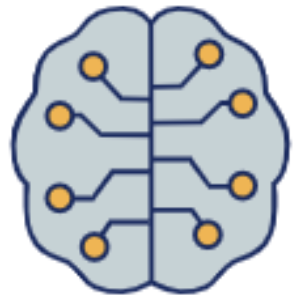With the pandemic driving significant growth in biotech and medtech, finding and attracting experienced talent in a competitive marketplace has become challenging. Michele Porreca, Chief People Officer at US-based company Prelude Therapeutics, says science is leading candidate attraction. And as the demand for innovation rises, life science organizations are finding difficulty recruiting talent.
By understanding the current trends, challenges, hubs, and dynamics of the talent market, life science organizations can attract leaders who align with their business goals. As you begin your next search, here are some insights from top executives in the industry to help you navigate the biotech talent landscape.
TRENDS
While many sectors were dealt a severe blow by the COVID-19 pandemic, biotech and medtech saw continued growth and now have a need to attract top candidates even for non-scientific roles. According to recent research conducted between January 2020 and January 2021, “The average share price for European and US biotechs increased at more than twice the rate of the S&P 500, and Chinese biotechs performed more than six times better, with their average share price more than doubling in a year.”
With this growth comes a significant need for the best personnel. Jörg Trinkwalter, CEO of Medical Valley EMN e.V in Germany, concurs that technology and talent will increasingly be sought to help the sector due to the pandemic’s tremendous strain on health systems as organizations search for talent to lead the way across current industry trends.
Oncology. Porreca identifies oncology as one of the hottest biotech markets. Competition is intense, with a small pool of experienced leaders drawn to newer technology platforms such as CAR T-cell therapies (a treatment in which a patient’s immune cells are changed in the laboratory to attack cancer cells) and stem cell therapy (the transplantation of blood stem cells to treat diseases and conditions of the blood and immune system).1 Oncology is also earmarked by Oliver Kühn, a managing partner at Swiss company AUDAX & Socius Pharma Consulting, as a major field of innovation.
When asked what the major drivers for growth are for the medium term, Kühn said, “The big driver is certainly oncology because prices will not rise immeasurably. From oncology, you can quickly get to personalized medicine.”
Like other experts, Kühn highlights how the COVID-19 pandemic has galvanized innovation in the health sciences. Because of the pandemic, mRNA vaccination has gotten a big boost.
Sylvie Ponchaut, Managing Director of BioWin, the Health Cluster of Wallonia, Belgium, also references the pandemic, saying, “It has created fantastic new opportunities, particularly in cell and gene therapy.” Research in these fields has grown and, in turn, therapeutic approaches that are “highly personalized.” This, according to Trinkwalter, is part of what defines the vision of technology in medicine.
The Vision of Tech in Medicine. Trinkwalter shares a vision of the role technology holds in medicine, which he defines as the four Ps:
- Personalized
- Participatory
- Preventative
- Predictive
Trinkwalter concludes that biotech and other life sciences research should focus on highly personalized therapeutic approaches.
For Antti Vuolanto, COO at Herantis Pharma in Finland, the focus on prevention is a major trend. When it comes to diseases that affect the central nervous system, such as Parkinson’s Disease, he says the current drive is to move away from symptomatic treatment and into ways to keep diseases from progressing. Despite significant financial investments and efforts, the pharmaceutical industry has not been able to develop disease-modifying drugs that can achieve this. Vuolanto blames this on a lack of a thorough understanding of the disease pathology, and that is where biotech’s role is essential. Vuolanto states that many big pharma companies and small biotechs have invested a lot in understanding the underlying biology, and this work is starting to generate meaningful outputs.
He cites, as an example, a new Alzheimer’s drug, Aducanumab, from Biogen that was recently approved by the FDA, which is designed to clear away clumps of the protein that causes the disease. Vuolanto continues, “I would expect that during the next ten years, there will be several breakthroughs in the business, meaning multiple blockbuster drugs on the market—in a similar manner as immune-oncology drugs have penetrated the cancer treatment markets during the last ten years.”
Ida Haisma, Managing Director at the Dutch-based foundation Leiden Bio Science Park, mentions that the industry mainly tries to develop early diagnostics, but there are also a few early start-ups that try to use the model disease to find a drug that does indeed alter the progression of the disease. In addition, Haisma shares that neuropsychology will also be indispensable in investigating the biological mechanisms behind neurological disorders and the effects on the brain’s cognitive function.
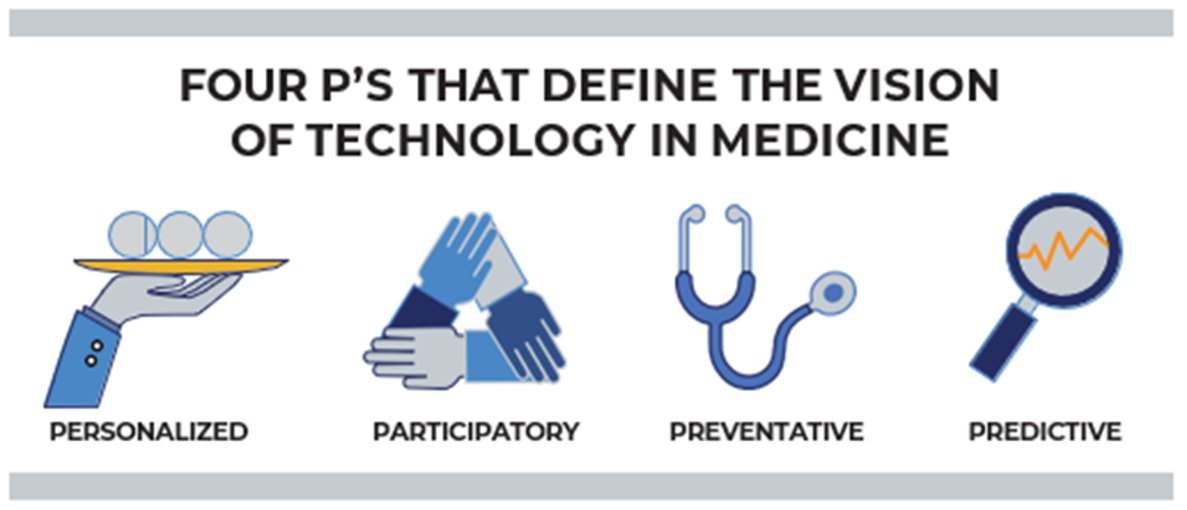
Taking this vision into reality means applying it to all areas of innovation and keeping these four principles front and center.
Areas of Innovation
According to research by StartUs Insights, the top ten biotech trends and innovations are in the areas of:
| Artificial Intelligence | Gene Editing | Gene Sequencing | Biomanufacturing | Bioprinting |
|
|
 |
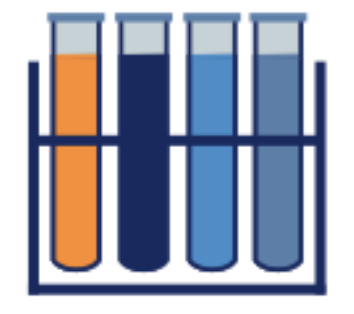 |
 |
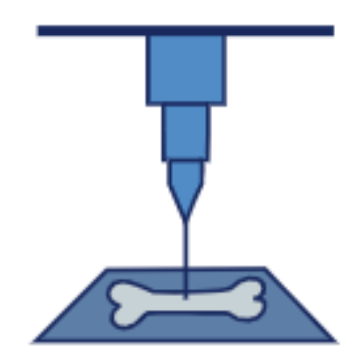 |
| Big Data | Precision Medicine | Microfluidics | Synthetic Biology | Tissue Engineering |
 |
 |
 |
 |
 |
When looking across these areas, there are some key areas that have a broader impact and need to be better integrated as innovation moves forward.
Medical Technology
Another critical area is Medical Technology which is used directly on the human body in a multifunctional way. Patrick Guidato, the manager of the German-based Cluster Medizin.NRW (North Rhine Westphalia), says, “One would no longer have a normal stent that keeps the blood vessel open, but one that also measures blood pressure and is biohybrid-processed so that it is more compatible with the immune system and may transform into tissue over time.” He adds, “More generally, the best innovation results come when we think in the correct order. A common problem in basic research is that people sometimes develop according to the principle of ‘technology seeks application.’”
Instead, Guidator says one needs to ask, “Is there an application for what I am developing, or what problem would I like to solve with this? If the answer is ‘none,’ then the development at that point doesn’t make any sense.”
Vuolanto makes the same point about what should drive growth beyond the profit margin. “In this business, I can bring wellbeing to patients with unmet clinical needs and hope to those who have lost it.”
Digitization, Big Data, and Robotics
Experts agree that digitization will significantly influence the future of biotech and medtech. However, they also agree that it cannot be siloed and must be integrated into every aspect of a biotech or medtech venture. Guidato describes it as an interdisciplinary field and says that any biotech or medtech company should think outside the box to survive. “Make contacts with people you don’t know very well and who may not have much to do with medtech. It is about establishing networks with interdisciplinary partners.”
Ida Haisma points out that digitization also has implications for an older workforce. “There is a large workforce of those over 55 with great knowledge of how to develop drugs, but they often don’t have the necessary digital skills for the future,” she says. To this end, there is a need for heavy investment in digital (re)training.2
According to Jörg Traub, Managing Director at Forum MedTech Pharma e.V, digitization has meant speedy distribution of work, but like Haisma, he worries about the skills pool. “There is a major shortage of skilled workers in medical technology, and this will likely become even more drastic,” he says. He sees robotics and AI as an integral part of development, “Digitization goes hand in hand with robotic automation, both of which have become a trend but are still in their infancy. However, the human factor remains crucial. I do not think an AI will replace a medic but instead will be an aid to a medic. There will always be a medical professional who controls it, but a robot is a form of quality assurance.”
Another critical component is the relationship between digitization and the collection of Big Data. On the user end, Guidato says, “Digitalization has created a world in which everything that comes our way, such as advertising and our devices which are tailored to us.” Everything is becoming more personalized, and society is increasingly expecting this of medtech too. But the flip side is that all our activities and health or disease indicators feed into Big Data, which can pose ethical problems. Guidato highlights that data collection in the field of widespread diseases is difficult to map in a clinical environment.
He gives the example of a heart attack, “Clinicians may encounter the patient for the first time at the moment of diagnosis, but if you have a heart attack, you can use your smartwatch to evaluate your lifestyle in the ten years leading up to it.” With so much data generated, scientists can use it for research purposes. However, says Guidato, “People have reservations as they don’t know what will happen to the data, so great care and discipline are required to be successful.”
As Kühn says, “There is an increased awareness of our own bodies, and this represents opportunities for businesses. While not yet strictly regulated, I can imagine that health data will be collected and evaluated, resulting in, for example, a personal vitamin mix for the lifestyle and needs of the body created with the data.” He points out that you can already collect lifestyle data from a smartwatch, “With this big data, I see many opportunities, but also dangers in terms of data protections.”
Some regions have implemented mechanisms to safeguard ethics in this regard. As Trinkwalter points out, “In Europe, we have created an opportunity based on the General Data Protection Regulation. This is designed to safeguard the ethical handling of data, which is very important since data is the key driver of the next leap in the innovation of health.”
CHALLENGES
 |
Regulatory Frameworks: Although regulation is necessary, it can pose a risk to biotech and medtech by acting as a barrier to innovation. |
 |
Investments Funds: While the current purse for innovation in the life sciences might seem healthy, global competition has meant that it is not easy to secure investment. Early-stage biotech companies, especially, may struggle to prove the relevancy of their venture in such a competitive environment, while existing ventures are seen as less risky to investors. |
 |
The Treatment of Real-World Data: Technology has created an environment in which Big Data can be gathered from and by individuals in their daily lives, but while mining it forms a useful basis for innovation, it also poses questions about the ethics of sharing private information. |
 |
Talent: Because biotech and medtech are relatively new industries, growth of the industry is outpacing skills development, and as a result, recruiters are competing with one another to find the best talent both locally and abroad. |
Talent is the key to unlocking many, if not all, the challenges facing the life sciences industry. And while it poses its own challenge, there is hope if we can shift our mindsets and focus on more inclusive models for recruitment.
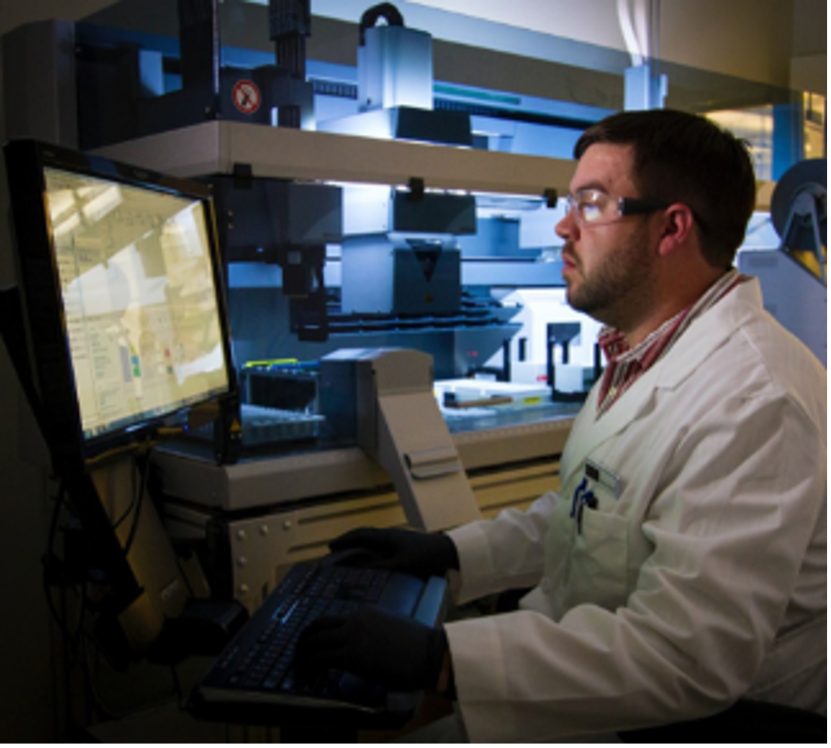 RECRUITMENT
RECRUITMENT
Growth
Because biotech and medtech are relatively new industries, the industry’s growth is outpacing skills development. As a result, recruiters are competing with one another to find the best talent both locally and abroad.
Looking Abroad
Experts agree that the industry is becoming very internationalized, and national boundaries have been eroded greatly. Trinkwalter sums it up by saying, “The entire industry is becoming very internationalized, and in some areas, it actually will not work without international specialists.”
An example is Big Data and who should be implementing it. “Specialists such as data scientists or medical IT specialists are not on the market today,” according to Trinkwalter. He continues, “Many clinics have a hard time finding such staff.”
Competitive Talent Market
Paul Bilars, CEO of NecstGen and Starfish based in the Netherlands, says, “Because biotech is mushrooming, new and old ventures are all competing for the same talent.”
Marie-Louise Bots, SVP Corporate Development at Turn Biotechnology says, “The pool of genuine expertise in biotech is small.” This has resulted in an intense battle for international talent. The pandemic has drawn attention to the potential of working virtually, creating an entirely new dimension in the war for talent.
Life Sciences organizations, in response, are developing Human Capital Agenda for future Demand for Talent, which has resulted in diverse international teams, a very positive development. Bots adds, “Leaders who can nurture the diversity of a group are an asset.”
Diversity
Billars points out, “The other side of that coin is that if you have too homogeneous a group, there is a great risk in biotech that the venture won’t thrive from startup to scaleup.” He continues, “Though, for all the strengths of having an international team, cultural challenges can arise, and diversity can bring extra difficulty. It takes time to understand one another and make sure nothing is lost in translation.” He gives the example that Dutch people are straightforward in how they communicate, and this stands in sharp contrast to other countries, where communication is couched in more polite phrases.
Remote Work
Bilars says that with a clear line between the private sector and the more “publicly-orientated” sector, “Some potential recruits are motivated by money while others by the intrinsic motivation and drive of what the sector can achieve for patients’ lives.” With a small pool to choose from, companies search abroad, and with current technology, an international team can work together from different destinations.
Vuolanto highlights, “The primary focus is to find the right person, and it is not important where they come from. Remote or partly remote work is okay, so there is no need to relocate.” He adds, however, “Travel is sometimes necessary because personal interaction is irreplaceable.”
Porreca also highlights the importance of co-workers at least sometimes being in a physical space together, “If candidates can drive to the office, even periodically, it’s better for team building and developing the culture of the organization.” She adds that her company is focused on recruiting in the surrounding region rather than internationally.
Traub predicts that the deficit in the skills pool is only going to get bigger. “The major shortage of skilled workers in medical technology will continue to exist and will likely become even more drastic, especially in the IT sector,” he says.
Choosing the Right People
Bilars advises finding someone who is fit for the job and can work in a team and adds that talent can grow, “So don’t be too strict about publications, track record, and years of experience. In a relatively new industry, even five years counts as solid experience.”
Porreca says, “The pandemic has emboldened people to make career changes resulting in significant movement in the biotech industry.” She points out that candidates are receiving multiple, highly competitive offers.
For Bots, it is also about having the right mix in the team because it’s not just biotech experts, “You need to build the company. You also need opinion leaders, great financial talent, and those who are excellent with regulatory issues, quality, and assurance.”
“Overall, you need someone with stamina,” says Bots. “What you read in the media is mostly the success stories, while in fact, a lot of entrepreneurship in biotech is hard work and perseverance.”
Vuolanto adds, “It’s also about a balance between experience and the ability to be hands-on. Experience in big pharmaceutical companies can mean a recruit is used to working with healthy budgets, personal assistants, and a large team. Whereas daily life in a small company requires the ability to be hands-on, make decisions with limited knowledge, and tolerate some degree of uncertainty.”
Ponchaut also draws this distinction between large companies and smaller ventures. She points out, “Those who join the latter need to be very flexible, but this may prove difficult for those who have spent their careers in the former. People working in large companies may dream that innovation and changes are much faster and easier in small structures, and in some ways, they are, but there is also the reality of limited resources. Not all experts with experience in big pharma can transpose their skills to a smaller venture, but “personality will make the difference.”
Planning for the Future
Porreca believes that recruiting the best talent is about planning ahead. She says, “You can’t do everything at once when it comes to personnel,” which is why her organization, Prelude Therapeutics, created a roadmap to get the company where it wants to be. Porecca says, “Part of this is moving the recruitment agenda from a discussion primarily about budget to a discussion about organizational development instead. Talent acquisition is top of mind with the need to balance speed with getting the right people in the door. This is against a backdrop of companies needing to move quickly to land talent and have a good strategy to retrain them once onboard.”
According to Ponchaut, there is a need for more production-related profiles in biologics manufacturing. This includes operators, technicians, quality controllers, and infrastructure managers. She adds, “Other sought-after profiles are all data-related profiles,” and she emphasizes mixed profiles—someone who has expertise in biotech and finance or digital marketing, for example.
Life Science continues to be a growing field that is ever-changing and unpredictable. The pandemic exacerbated the need for worldwide medical and healthcare innovation. Utilizing the insights above paired with the knowledge of your organization’s specific needs and challenges, you will find the talent to innovate and continue driving success now and into the future.
1Bristol Myers Squibb is building a new CAR-T plant at the Leiden Bio Science Park dealing with stem cell and gene therapy. They will need 500–700 new employees.
https://bms.com/nl/about-us/onze-productiefaciliteit-in-leiden1.html
2 For the Leiden Bio Science Park, four themes define its profile: Early diagnostics and technology (personalized medicines), Regenerative Medicine: stem cell and gene therapy, Prevention and Lifestyle and Vaccines and infectious diseases. Furthermore, there is a cross-cutting theme: AI and data science which applies to all the four above-mentioned themes.

